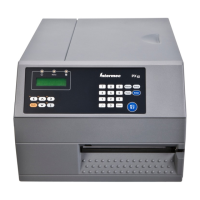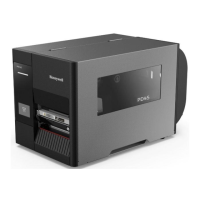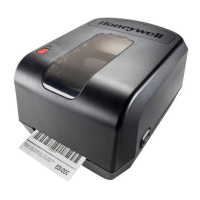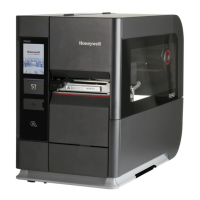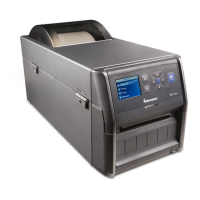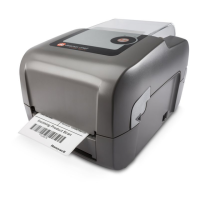Appendix B – Printer Control Codes
84 6824 Mobile Full Page Printer User Manual
The simplest calculation is to divide n (total number of dots needed for the
graphics string) by 256. Then
n2 is the quotient (the whole number) and n1 is the
remainder. If you require less than 256 dots (columns), then
n1 indicates the
number of dots and
n2 is set to zero.
Select Graphics Mode
Description: Enables the specified graphics mode. Any graphic string that exceeds the length of the
print line is discarded.
m is the graphics mode to be selected:
• 0: Single-density
• 1: Low speed double-density
• 2: High-speed double density (cannot print adjacent dots in a given row)
• 3: Low-speed quadruple density (cannot print adjacent dots in a given row)
• 4: CRT 1
• 5: Single-density plotter
• 6: CRT II
• 7: Double-density plotter (cannot print adjacent dots in a given row)
n1 and n2 are calculated based on the temporary variable n, which equals the total
number of dots needed for the graphics string.
To calculate n1 and n2, divide n by 256. n2 is the quotient (the whole number) and n1 is
the remainder.
If you require less than 256 dots (columns), then n1 indicates the number of dots and
n2 is set to zero.
Decimal: 27 42 m n1 n2
Hex: 1B 2A m n1 n2
ASCII: ESC “*” m n1 n2
Reassign Graphics Mode
Description: Changes graphic modes.
s is one of the K, I, Y, or Z characters.
n is one of the graphics modes:
• 0: Single-density (60 dots per inch, 480 dots per 8-inch line)
• 1: Low-speed double-density (120/960)
• 2: High-speed double-density
(cannot print adjacent dots in a given row, 120/960)
• 3: Low-speed quadruple density (240/1920)
• 4: CRT I (80/640)
• 5: Single-density plotter (72/576)
• 6: CRT II (90/720)
• 7: Double-density plotter
(cannot print adjacent dots in a given row, 144/1152)
Decimal: 27 63 s n
Hex: 1B 3F s n
ASCII: ESC “?” s n
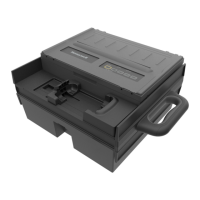
